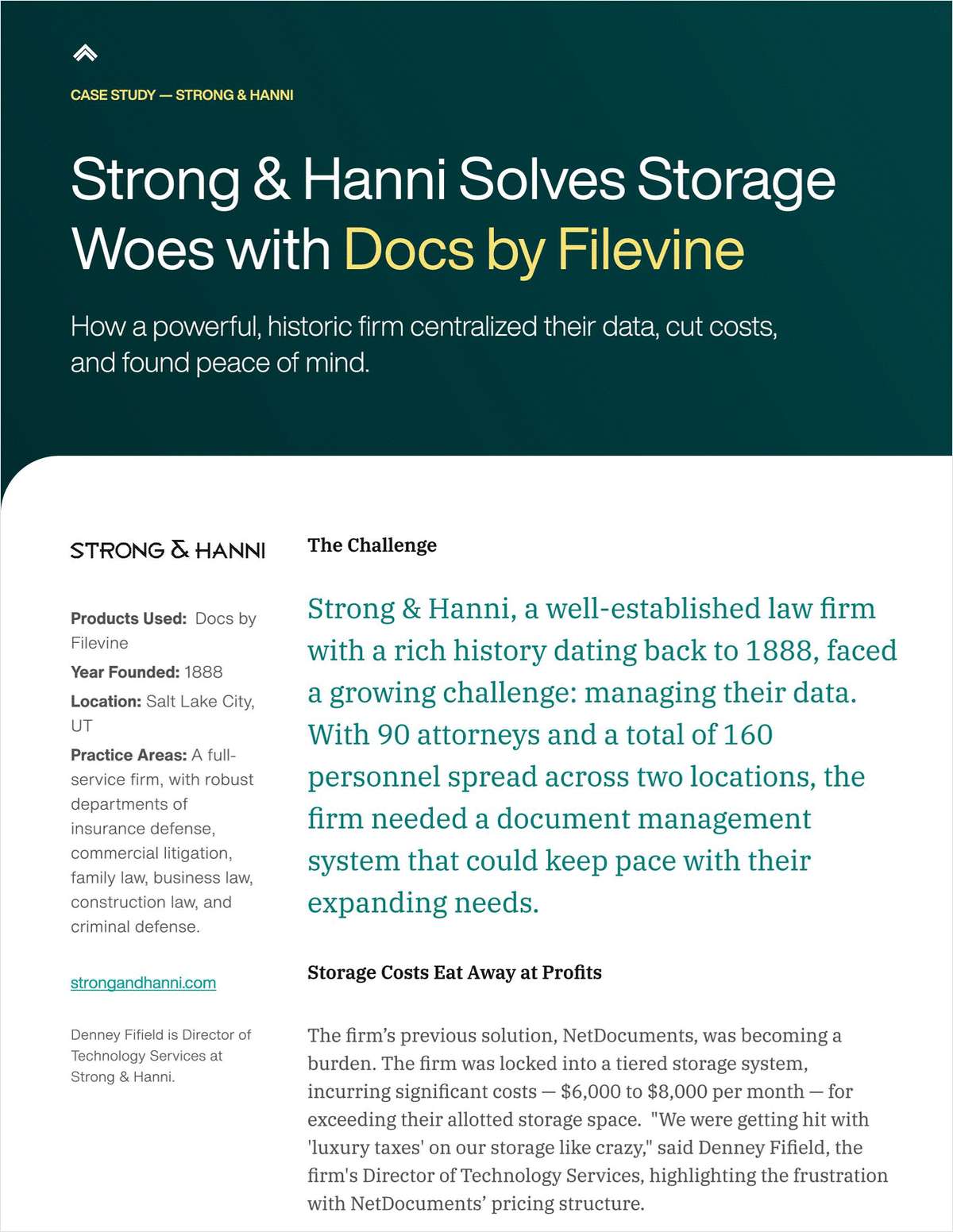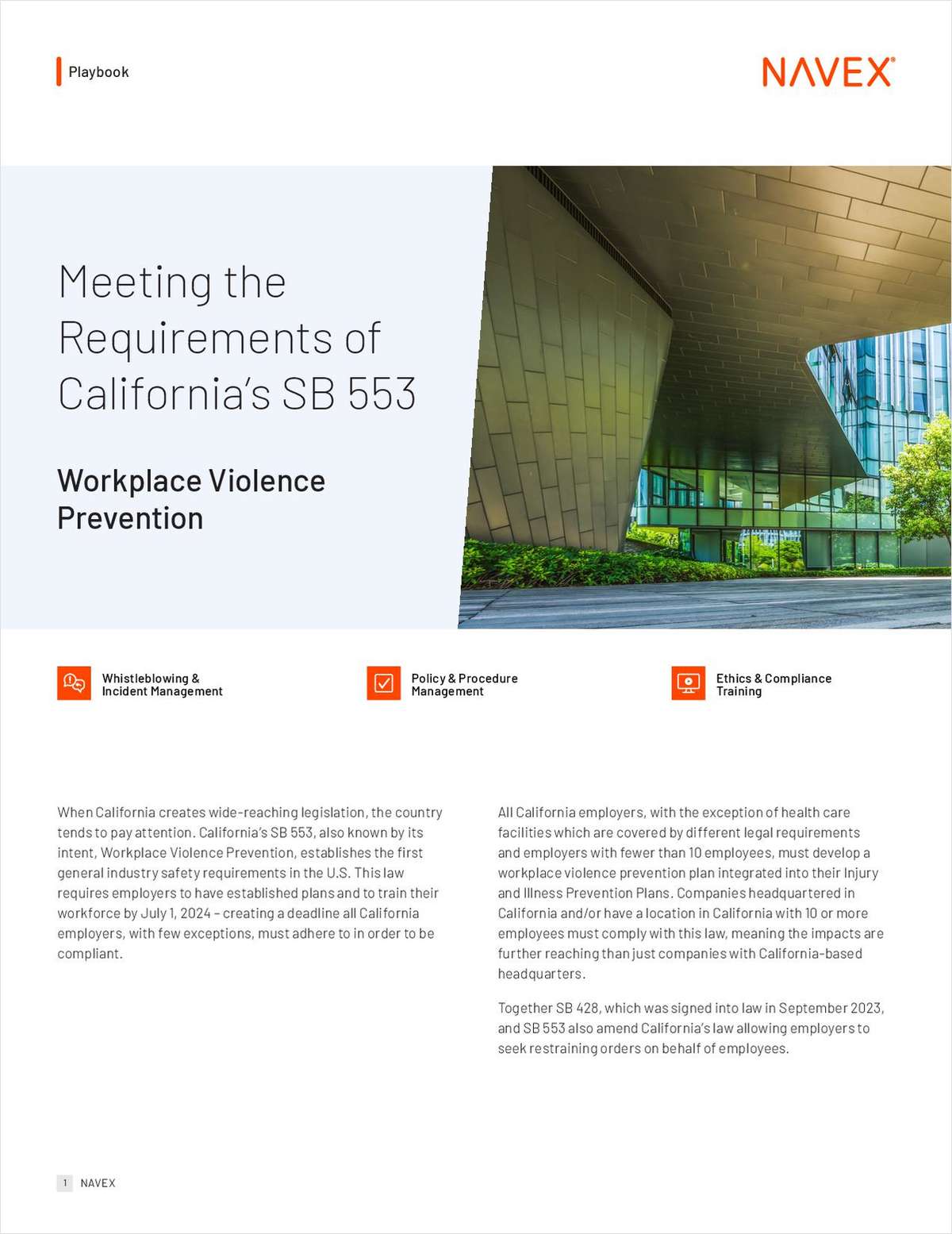Columbia Law Review Has First Black Male Editor-in-Chief in 117-Year History
"This is a pipeline into the elite parts of the profession and if we want to see more diversity in the most elite parts of the profession it really starts with law review," said Adriane Peralta who studied diversity at top 15 law reviews.
April 22, 2018 at 10:00 PM
3 minute read
The original version of this story was published on New York Law Journal

The Columbia Law Review has its first black male editor-in-chief, Tomi Williams, who is looking to bring more diverse voices to the publication.
He's visiting affinity groups, holding writing workshops and planning racial bias training to recruit and retain students of color. First-generation law school students are unlikely to know that being on a law review is crucial when competing for the most competitive jobs, he said.
“The people who really grasp the gravity of it are people finding out the information from parents and siblings,” he said. “It ends up being the same people missing out on these great opportunities because we're not communicating well enough about the benefits.”
Getting to the top position at an elite law review is one of the last barriers to fall, experts said. Diverse students who sign up for pro bono clinics sometimes feel that they don't have the time to join a law review. Others are discouraged by the arduous process of applying or see it as exclusionary.
“How do we target people who historically feel law review won't be helpful for what they want to do in life?” Williams asked. “I think make sure the promises we're making on the recruitment end that we fulfill those promises when they get there.”
Williams' appointment coincides with the elevation of students of color to the top positions at other elite law reviews including Harvard Law Review president Michael Thomas, Michigan Law Review editor-in-chief Megan Brown and California Law Review editor-in-chief Djenab Conde at Berkeley Law.
“From a 1L perspective, if you don't see anyone who looks like you or very few people who look like you, why would you want to be a part of that?” asked Adriane Peralta, an associate at Sidley Austin in Los Angeles who wrote a legal article about the lack of women of color in top law review positions.
When Peralta served as an editor of the UCLA Law Review starting in 2012, the publication was just forming a diversity committee. Just six years later, women of color hold five of the six top positions, “which is pretty much unheard of,” she said.
“That is very significant because the 1Ls as they're applying that's going to truly encourage students of color to at least apply,” she said.
Peralta, who clerked for U.S. Magistrate Judge Ronald Ellis of the Southern District of New York, said being on a law review is a path to coveted clerkships. The Law review also makes students part of a network of top achievers who serve as references for jobs. It also helps students sharpen their writing and analytical skills, improving grades and job prospects.
“This is a pipeline into the elite parts of the profession, and if we want to see more diversity in the most elite parts of the profession, it really starts with law review,” Peralta said.
Peralta thinks the changes Williams is making at Columbia Law Review should have a lasting impact. That's because he's not only trying to attract more students of color for 2019 but he's also working to institutionalize a selection process that values diversity.
“I think that the law review is a big door opener in our careers, and I think we're all grateful to be on staff for that reason,” said Kelsey Ruescher, who as Williams' predecessor helped select him. ”I think that Tomi has a talent not only for big ideas but also for making them happen.”
This content has been archived. It is available through our partners, LexisNexis® and Bloomberg Law.
To view this content, please continue to their sites.
Not a Lexis Subscriber?
Subscribe Now
Not a Bloomberg Law Subscriber?
Subscribe Now
NOT FOR REPRINT
© 2024 ALM Global, LLC, All Rights Reserved. Request academic re-use from www.copyright.com. All other uses, submit a request to [email protected]. For more information visit Asset & Logo Licensing.
You Might Like
View All
Google Fails to Secure Long-Term Stay of Order Requiring It to Open App Store to Rivals

Orrick Secures Summary Judgment for RingCentral in Privacy Class Action

NY Lateral Partner Moves Spike, Especially in PE and Funds Practices

'That's Not the Job' for the DOL: Crop of Suits Against Biden Administration
6 minute readTrending Stories
- 1The Law Firm Disrupted: Playing the Talent Game to Win
- 2A&O Shearman Adopts 3-Level Lockstep Pay Model Amid Shift to All-Equity Partnership
- 3Preparing Your Law Firm for 2025: Smart Ways to Embrace AI & Other Technologies
- 4BD Settles Thousands of Bard Hernia Mesh Lawsuits
- 5A RICO Surge Is Underway: Here's How the Allstate Push Might Play Out
Featured Firms
Law Offices of Gary Martin Hays & Associates, P.C.
(470) 294-1674
Law Offices of Mark E. Salomone
(857) 444-6468
Smith & Hassler
(713) 739-1250








